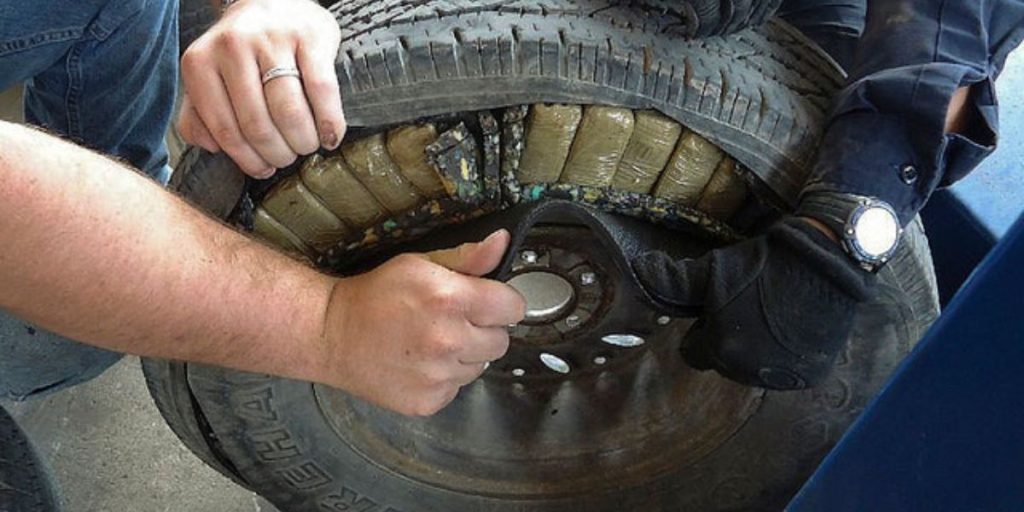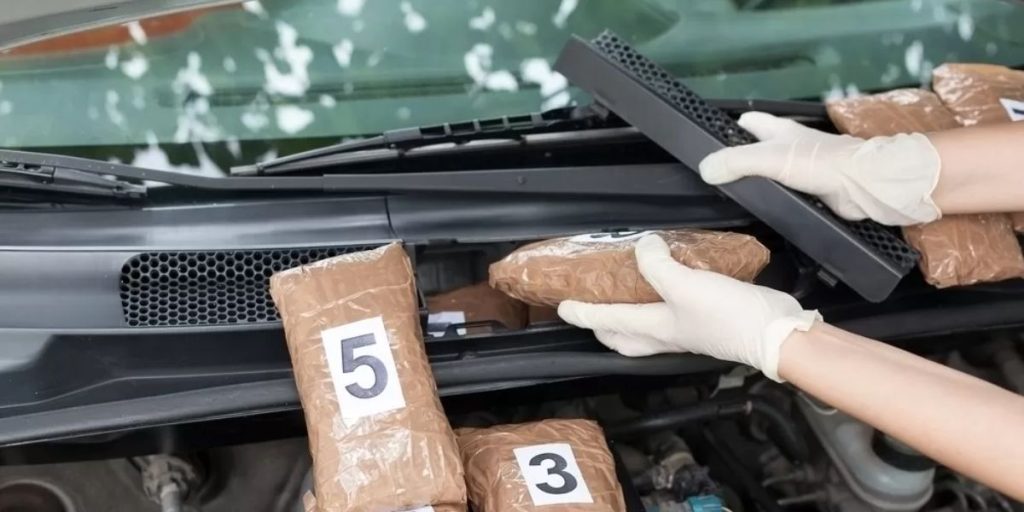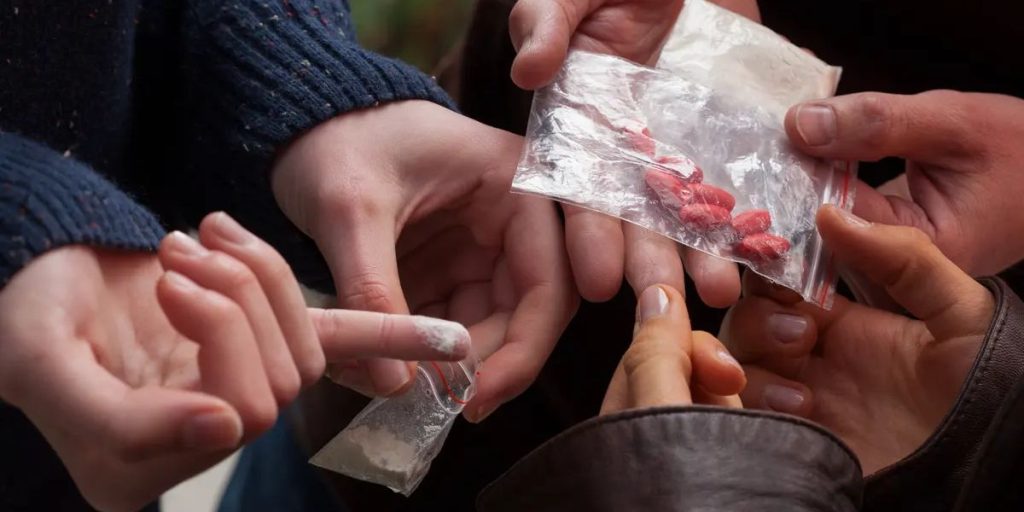Colorado Springs, known for its stunning scenery and military sites, has unfortunately developed as a hub for illicit drug activity in the state.
According to the Drug Enforcement Administration (DEA), the city is the principal distribution center for methamphetamine, heroin, fentanyl, and cocaine that are illegally trafficked from Mexico and other countries.
The city’s strategic location, demographic makeup, and well-connected transit networks provide an ideal setting for drug cartels and gangs to conduct and expand their activities.
The Drug Smuggling Capital of Colorado

According to the United States Drug Enforcement Administration (DEA), Denver is the key drug smuggling hub in Colorado and a major distribution location throughout the Rocky Mountain region.
Denver’s strategic importance to drug traffickers is due to its proximity to major interstate roads, a large international airport, and the US-Mexico border.
According to the DEA, methamphetamine, heroin, fentanyl, cocaine, and marijuana are the most commonly used narcotics in Denver.
Mexican transnational criminal organizations have been recognized as the principal perpetrators in smuggling these drugs into the city, using means such as hidden compartments in vehicles, commercial trucks, buses, railroads, and mail services.
The illicit drug trade in Denver has a tremendous influence on public health and safety. According to the Colorado Department of Public Health and Environment, there were 1,223 drug overdose deaths in Colorado in 2020, representing a 20% increase over 2019. Of these, 543 were connected to methamphetamine, 442 to fentanyl, 279 to heroin, and 224 to cocaine.

To address this issue, the DEA and other law enforcement agencies are vigorously battling narcotics trafficking and distribution in Denver and the surrounding area.
In 2020, the DEA confiscated significant amounts of illicit narcotics in Colorado, including approximately 6,000 pounds of methamphetamine, 500 pounds of heroin, 200 pounds of fentanyl, 300 pounds of cocaine, and 16,000 pounds of marijuana.
Furthermore, the DEA apprehended more than 1,000 drug traffickers and disrupted over 50 drug trafficking organizations throughout the state.
Government’s Efforts to Address This Issue

The Colorado government is aggressively addressing the issue of drug usage and overdose within the state via a range of methods, including:
- Developing a comprehensive drug policy that includes prevention, treatment, harm reduction, and enforcement.
- Increasing access to medication-assisted treatment, naloxone, and needle exchange programs.
- Encouraging drug courts, diversion programs, and alternatives to jail for nonviolent drug offenders.
- Investing in public education, awareness campaigns, and research into the consequences of drug use and addiction.
- Investigating potential legislation to allow overdose prevention centers, tighten overdose reporting safeguards, and increase penalties for drug distribution resulting in death.
These actions indicate the Colorado government’s efforts to fight the state’s drug epidemic.
Conclusion
Denver and Colorado have major challenges in combatting drug smuggling and dealing with the serious repercussions of addiction.
Achieving improvement requires ongoing coordination among law enforcement, government agencies, healthcare providers, and community organizations. Only by taking a concerted and diversified strategy can the state hope to reverse the effects of this tragic disaster and truly serve its residents.